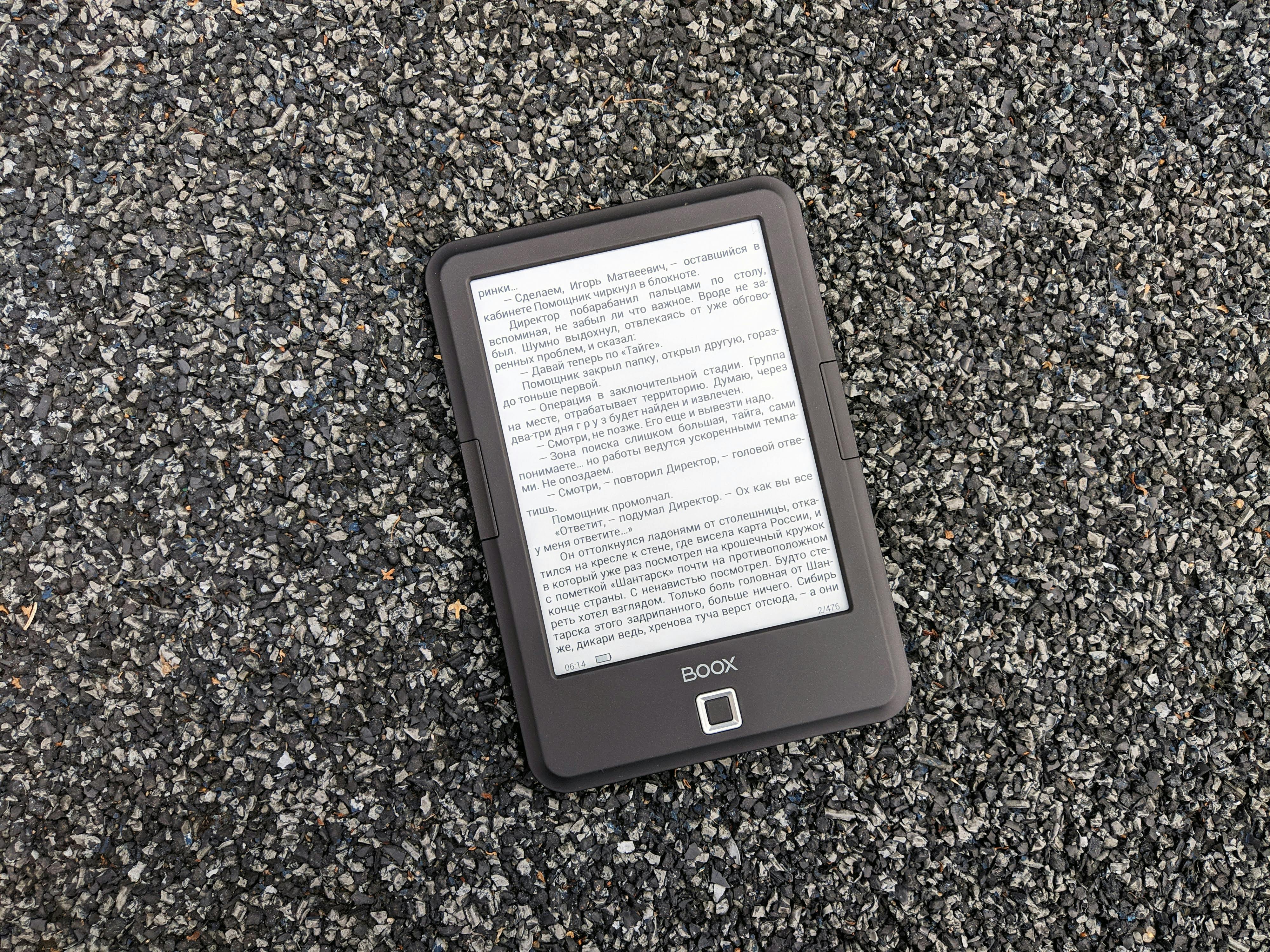"Unraveling the Intricacies of Next-Generation E-ink Technology"
In the ever-evolving world of digital display technology, E-ink—short for electronic ink—stands out for its unique combination of readability, energy efficiency, and versatility. With its roots dating back to the late 1990s, E-ink has paved its way into e-readers, smartwatches, and digital signage. Yet, as the digital landscape continues to rapidly evolve, so does E-ink technology. This article delves into the fascinating journey of E-ink and its potential future in the tech world.

The Genesis of E-ink Technology
E-ink technology was conceived at the MIT Media Lab in the late 1990s. The idea was simple yet brilliant: to create a digital display that mimicked the appearance of ordinary ink on paper. Early E-ink displays were monochrome, offering only black and white visuals. However, these first-generation E-ink displays were revolutionary, providing a high-contrast, glare-free reading experience that LCD screens couldn’t match.
The Evolution and Diversification of E-ink
With the advent of e-readers like the Amazon Kindle in the mid-2000s, E-ink technology found its perfect application. The e-reader market exploded, and E-ink became synonymous with digital reading. Meanwhile, the technology itself continued to evolve. E-ink displays started to feature in digital signage, smartwatches, and even smartphones. Recent developments have seen E-ink produce color displays, dubbed E-ink Kaleido, which have begun to appear in select e-readers and educational tablets.
The Latest Advancements in E-ink Technology
E-ink isn’t resting on its laurels. The company recently unveiled its Advanced Color ePaper (ACeP), which displays a full color gamut, including all eight primary colors, at every pixel. Unlike previous color E-ink displays, ACeP doesn’t compromise on resolution, promising sharp images and text.
The Potential Impact and Future of E-ink
E-ink displays are not just for e-readers anymore. With the unveiling of ACeP, the potential applications of E-ink could expand dramatically. Imagine digital signage that can display full-color advertisements in bright sunlight without any power draw while not in use. Or smartwatches that offer a full-color, always-on display without draining battery life. As for pricing, E-ink products currently occupy a higher-tier price range, but with increased adoption and production, the prices are expected to become more consumer-friendly.
Conclusion
E-ink technology has come a long way from its inception in the late 1990s. It has revolutionized the e-reading experience and is now poised to make significant inroads into other areas of digital display. Like any other technology, E-ink isn’t without its challenges. But with its unique advantages and recent advancements, there’s plenty of reasons to keep an eye on this innovative technology. From e-readers to digital signage and beyond, the future looks bright for E-ink.




